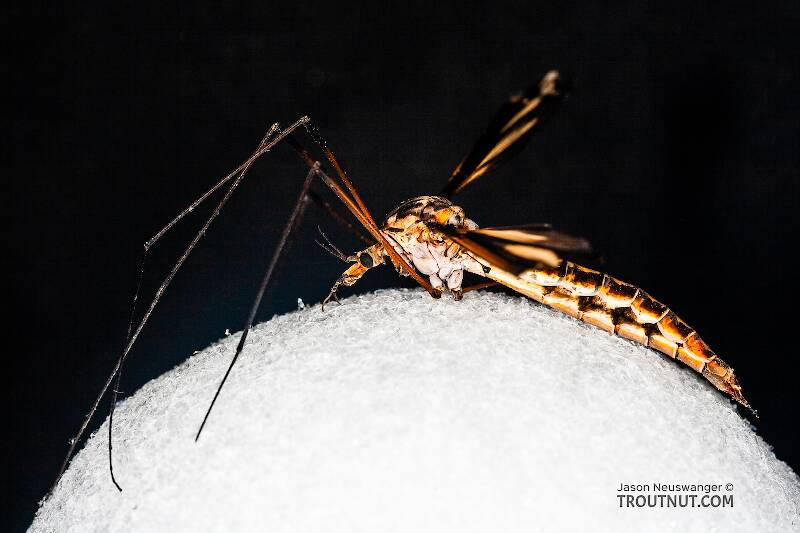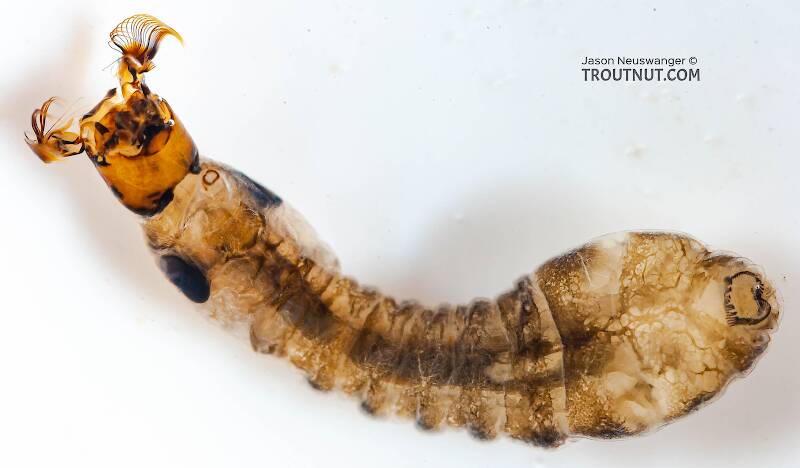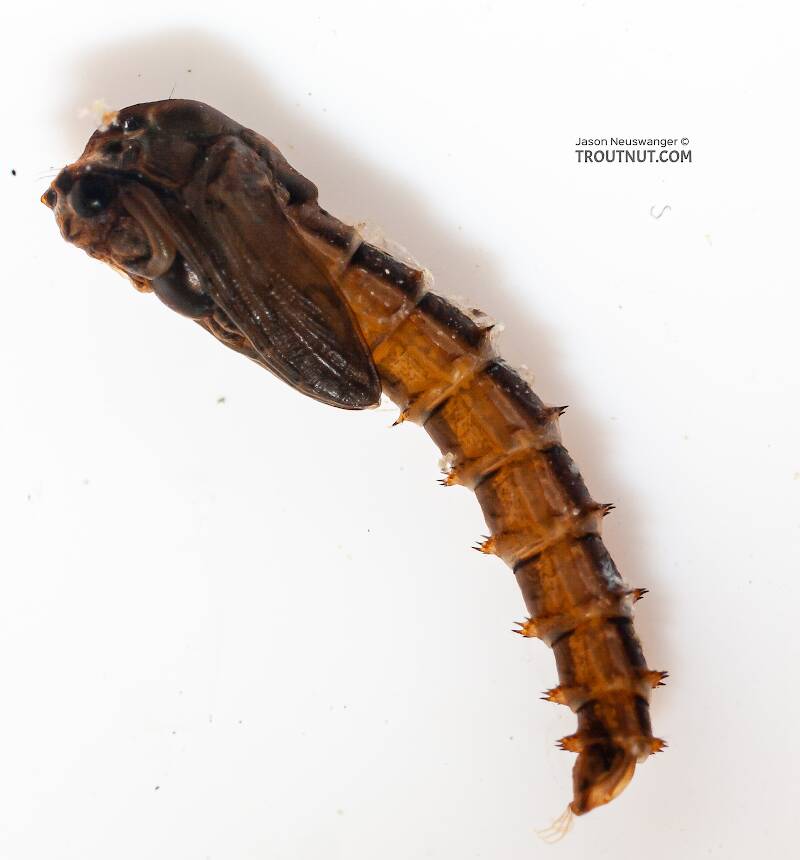
Salmonflies
Pteronarcys californica
The giant Salmonflies of the Western mountains are legendary for their proclivity to elicit consistent dry-fly action and ferocious strikes.
Featured on the forum

This specimen keys to the Epeorus albertae group of species. Of the five species in that group, the two known in Washington state are Epeorus albertae and Epeorus dulciana. Of the two, albertae has been collected in vastly more locations in Washington than dulciana, suggesting it is far more common. On that basis alone I'm tentatively putting this nymph in albertae, with the large caveat that there's no real information to rule out dulciana.

Troutnut is a project started in 2003 by salmonid ecologist Jason "Troutnut" Neuswanger to help anglers and
fly tyers unabashedly embrace the entomological side of the sport. Learn more about Troutnut or
support the project for an enhanced experience here.
True Flies
This common name refers to only one order. Click its scientific name to learn more.
Insect Order Diptera
These are pretty much always called True Flies.
This incredibly diverse order holds tens of thousands of species. They are the "true flies" with two wings, and they have complete life cycles (larva to pupa to adult). Beyond that they have little in common.
The most important family is Chironomidae, the midges. The craneflies of Tipulidae and the related families may also be important, as may be several of the others in the right place and time.
The most important family is Chironomidae, the midges. The craneflies of Tipulidae and the related families may also be important, as may be several of the others in the right place and time.
See 59 more specimens...




